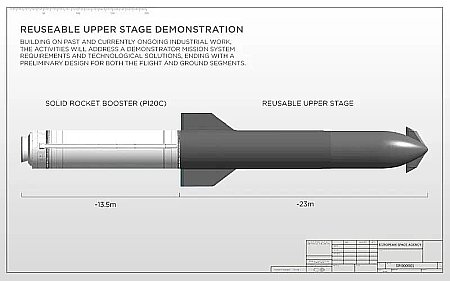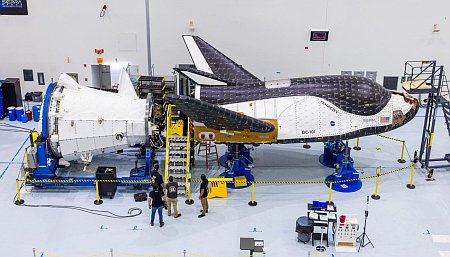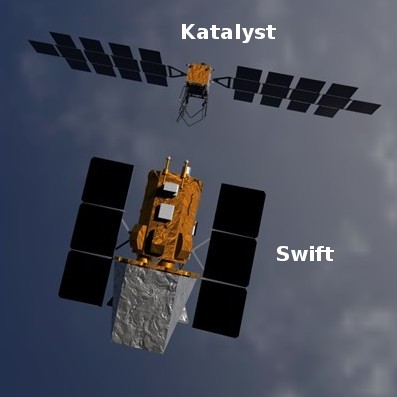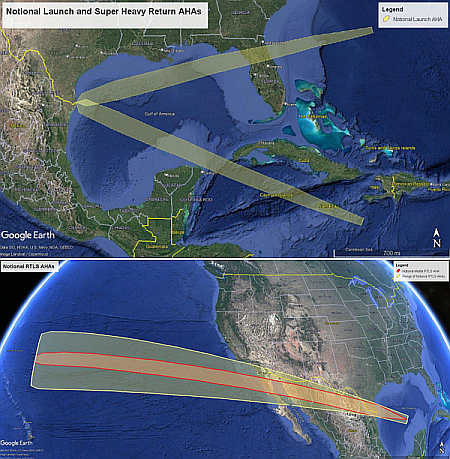Two Japanese startups partner to fly the first private lunar sample return mission
Two Japanese startups, the lunar landing company Ispace and the orbital capsule startup ElevationSpace, have signed an agreement to develop the first private mission to bring samples back to Earth from the Moon.
Based on the agreement, Ispace and ElevationSpace will jointly pursue development to undertake a lunar return mission. Ispace has already demonstrated the technology to deploy a lander into lunar orbit through its two lunar missions operated in 2023 and 2025. The company is currently considering the development of an Orbital Transfer Vehicle (OTV), derived from its existing lunar lander development technology.
The collaboration aims to conduct a technology demonstration to verify the feasibility of missions utilizing an and the sample return re-entry capsule being developed by ElevationSpace, as well as to evaluate the overall system characteristics.
At the moment this project is only a PowerPoint proposal. Though Ispace has made two attempts to soft land an unmanned spacecraft on the Moon, neither was a success. It has three further contracts with NASA, ESA, and Japan’s space agency JAXA, but none has flown yet, and its orbital vehicle is only under development.
As for ElevationSpace, it has flown nothing yet as well. Its first demo satellite, designed to test re-entry and recovery, won’t fly until late next year, assuming its launch rocket, Isar’s new Spectrum, gets to orbit.
Nonetheless, this project illustrates the continuing shift to the private sector in space. The companies are doing this to demonstrate their capabilities in order to win contracts from both commercial and government customers.
Two Japanese startups, the lunar landing company Ispace and the orbital capsule startup ElevationSpace, have signed an agreement to develop the first private mission to bring samples back to Earth from the Moon.
Based on the agreement, Ispace and ElevationSpace will jointly pursue development to undertake a lunar return mission. Ispace has already demonstrated the technology to deploy a lander into lunar orbit through its two lunar missions operated in 2023 and 2025. The company is currently considering the development of an Orbital Transfer Vehicle (OTV), derived from its existing lunar lander development technology.
The collaboration aims to conduct a technology demonstration to verify the feasibility of missions utilizing an and the sample return re-entry capsule being developed by ElevationSpace, as well as to evaluate the overall system characteristics.
At the moment this project is only a PowerPoint proposal. Though Ispace has made two attempts to soft land an unmanned spacecraft on the Moon, neither was a success. It has three further contracts with NASA, ESA, and Japan’s space agency JAXA, but none has flown yet, and its orbital vehicle is only under development.
As for ElevationSpace, it has flown nothing yet as well. Its first demo satellite, designed to test re-entry and recovery, won’t fly until late next year, assuming its launch rocket, Isar’s new Spectrum, gets to orbit.
Nonetheless, this project illustrates the continuing shift to the private sector in space. The companies are doing this to demonstrate their capabilities in order to win contracts from both commercial and government customers.












